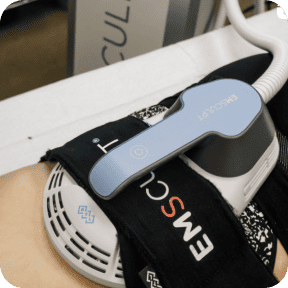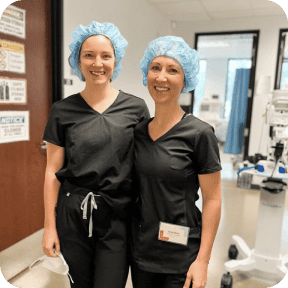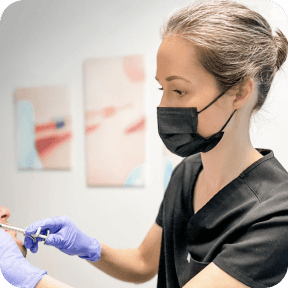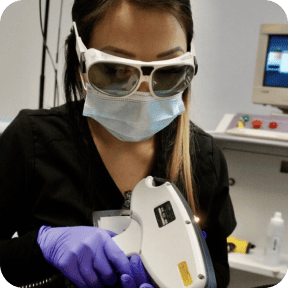503 907-9605
Call for a Consultation
Book Now
Schedule A Consultation
4800 Meadows Rd #100
Lake Oswego, OR 97035
FaceTite Portland
Schedule a Consultation
Schedule a Consultation
Schedule a Free Consultation (1)
FaceTite Portland Oregon
When the normal aging process leaves you with sagging, drooping skin on your face, FaceTite provides a minimally-invasive alternative to the traditional facelift procedure. This minimally-invasive treatment uses the power of radiofrequency to tighten skin and reduce fat deposits, safely contouring the face, jawline, and other small areas without the need for surgery. Aesthetic Medicine is pleased to offer this minimally-invasive treatment option in our Portland office, and we know you will be pleased with the results possible.
What Is FaceTite?
FaceTite is an advanced contouring system designed to treat small areas, such as the chin and jawline. It works to remove fat and contour the tissue while tightening the skin at the same time. The handheld device has two electrodes with dual temperature technologies to keep the surface of the skin cool while concentrating the energy to the treatment zone.
When FaceTite delivers radiofrequency waves deep within the skin, it heats the tissue and liquefies the fat. This process also causes the skin to contract and tighten. The end result is a tighter, toned look with results similar to a facelift, without the need for extensive surgery.
The innovative FaceTite device offers our team the ability to target specific areas with high precision. This means greater skin contraction compared to other similar devices, and this is why Dr. Darm has chosen FaceTite as part of our treatment options at Aesthetic Medicine.


What to Expect from FaceTite Treatment
FaceTite treatment is performed under local anesthetic at our Portland office. The best FaceTite service in Portland. Once the treatment area is numb, we will insert the cannula through tiny holes and deliver the radiofrequency into the target area. The treatment takes less than an hour, and you can return home the same day. While you may experience some slight bruising and swelling, you will only need a few days of rest before you can return to your normal routine. You will notice results immediately after treatment, and as the treatment site heals the results will continue to improve.
FaceTite Portland
Is FaceTite Right for You?
If you have sagging skin on the face, chin, bra line, abdomen, or knees, and want impressive results without surgery, FaceTite might be the right solution. Schedule a consultation with our Portland team at Aesthetic Medicine to learn more about this minimally invasive treatment and to have your needs evaluated.
Schedule Your
Consultation Online!
2 easy steps
Fill in your details
Let us know more about you
Preferred Service
Choose the service that fits







